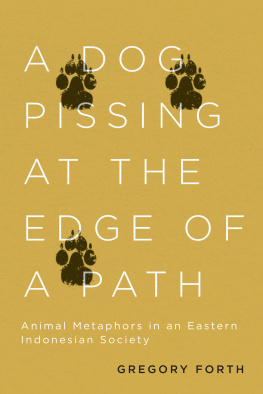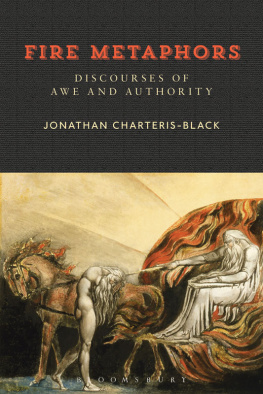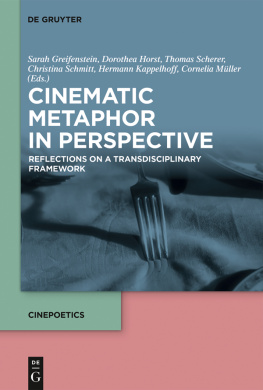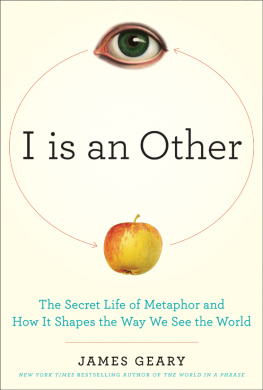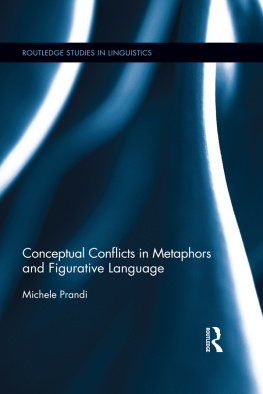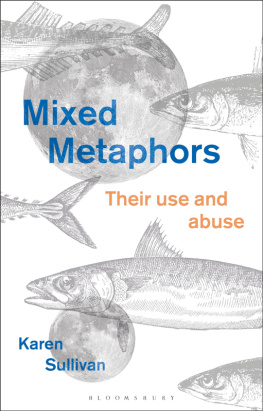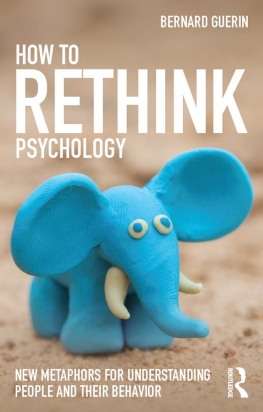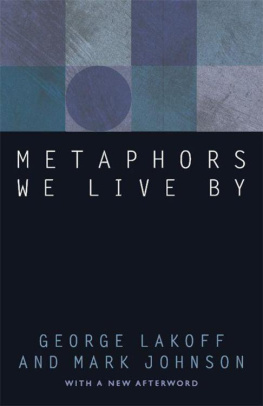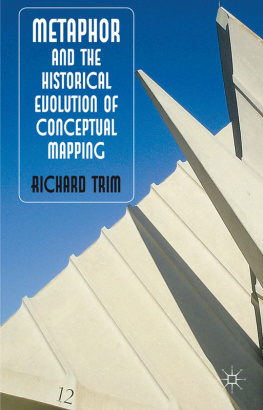This book argues that what is known as conceptual metaphor theory has stood the test of time. At the same time, it also suggests that the view of metaphorical grounding as proposed in the book augments and refines conceptual metaphor theory according to which conceptual metaphors are based on our bodily experience. Although this is certainly true in many cases of metaphor, the role of the body in metaphor creation can and should be reinterpreted, and, consequently, the body can be seen as just one of the several contexts from which metaphors can emerge (including the situational, discourse, and conceptual-cognitive contexts)although perhaps the dominant or crucial one. Such a proposal seems to be more in line with what has been discovered about the nature of human cognition in recent years; namely, that human cognition is grounded in experience in multiple waysembodiment, in a strict sense, being just one of them. In light of the present work, this is because cognition, including metaphorical cognition, is grounded in not only the body, but also in the situations in which people act and lead their lives, the discourses in which they are engaged at any time in communicating and interacting with each other, and the conceptual knowledge they have accumulated about the world in the course of their experience of it.
The work on metaphor that started with Lakoff and Johnsons () groundbreaking Metaphors We Live By showed in a very clear and powerful way that metaphors are part and parcel of everyday language and thought. Both everyday language and the conceptual system we use for everyday purposes make use of linguistic metaphors and the corresponding conceptual metaphors that underlie them. Lakoff and Johnsons early work and also its later developments indicate that the human conceptual system is heavily metaphorical in nature and that we use metaphors spontaneously and with ease in the course of everyday communication. What makes this possible, on this view, is that conceptual metaphors consist of sets of systematic correspondences, or mappings, between two domains of experience and that the meaning of a particular metaphorical expression realizing an underlying conceptual metaphor is based on such correspondences. Since the conceptual metaphors and their mappings are readily available, the meanings that are based on the mappings can be readily used by speakers/conceptualizers in the course of everyday communication whenever there is a need for those meanings to be utilized.
This view makes it appear as though communication by means of metaphors was only a matter of our knowledge of conceptual metaphors and their mappings stored in the mind. It would seem that communication and conceptualization by means of metaphors results from a preexisting set of conceptual metaphors giving rise to a preexisting set of metaphorical meanings that are readily available for use. However, such a view would be just a version of the folk theory of communication characterized by the CONDUIT metaphor, as described and rightly criticized by Michael Reddy (), who pointed out that communication works very differently than just sending prepackaged and preexisting meaning-objects in linguistic containers to other mind-containers. Scholars in a variety of disciplines have proposed much more sophisticated theories of how human communication and meaning making operates. Cognitive linguists in particular assume a(n almost consensus) model of meaning making that can be described as follows.
People acquire knowledge and build concepts about the world based on their bodily experiences. The mental representations that arise from such bodily experiences are embedded in our social activities in the course of which our representations make it possible for us to share (aspects of) the world with others. What happens in the course of sharing the world with others (by means of our representations of it) can be characterized as someone directing someone ) directs the communicative partners attention to another scene: the referential scene. The two constitute an intersubjective situation, which is called the world of discourse, in which the speaker/conceptualizer 1 directs addressee/conceptualizer 2s attention to a referential scene by means of the use of linguistic (or other) symbols.
A crucial property of the linguistic symbols used in communication is that they impose a perspective on presenting the world. This property distinguishes linguistic signs from nonlinguistic signs. Linguistic symbols inherently construe the world in a particular way, that is, they present it from a given perspective. Therefore, their selection in the communication process always goes beyond the narrow referential relation between linguistic signs and aspects of the world. The choice of perspective depends, essentially, on two reference points, or centers of orientation, in communicative situations: the referential center and the subject of consciousness. We can view a situation from the perspective of the referential center that yields the spatial, temporal, and social relations for our construal of a referential scene. The other reference point is the subject of consciousness, that is, the active agent of consciousness who perceives, desires, thinks, and speaks. Similar to the referential center, this reference point, in the default case, is the person who produces the utterance. The meaning of linguistic symbols emerges only in an intersubjective context, that is, in a sphere of shared attention.
The production and comprehension of utterances, that is, the construction of meaning, is always influenced by and emerges in a larger context as well. The larger context involves, in addition to the speaker and addressee, the circumstances under which the utterance is made (including who communicates, with whom, when, where), the circumstances of the action of which the utterance is a part (the intentions and other mental states that provide the motivation for making the utterance, i.e., that respond to the question of why communication takes place), as well as the background knowledge attaching to the topic of communication (i.e., answering the question of about what). These are represented in our conceptual system in the form of a variety of mental structures. (For a detailed discussion, see, e.g., Verschueren, .)
Not all information that is present in a communicative situation plays a role in the production and comprehension of particular utterances, that is, in meaning construction (see, e.g., Van Dijk, interaction of (more or less) conventional meanings of (linguistic) symbols based on embodied experience, on the one hand, and the contextual factors deemed to be relevant, on the other.
Despite the heavy emphasis on the importance of context in meaning making in pragmatics and many branches of the humanities and social science (see, e.g., Duranti and Goodwin, ).
There were attempts, though, on the part of a number of researchers sympathetic to conceptual metaphor theory to show that a theory of context is essential to an account of metaphor emergence and metaphorical meaning construction (see, especially, work by Gibbs and his colleagues, e.g., Gibbs, ) relevance theory.
In the present work, I will discuss and rely on some of this previous research on context. And, just as important, I will try to respond to much of the criticism leveled at conceptual metaphor theory. In the final chapter of the book, I will make an attempt to integrate several of the ideas proposed by others into the new framework I develop in the chapters ahead and also show how we can expand conceptual metaphor theory in specific ways to accommodate most of the criticism. My main suggestion will be that it is not possible to account for the emergence and use of metaphor without taking seriously the close dependence of the metaphorical mind on the surrounding physical, social, and mental environment. Clearly, and unsurprisingly, the surrounding environment consists of the situational context and the linguistic context, or cotext. But less obviously, and more importantly, I claim that it also involves the body as context. In other words, I consider the embodiment of metaphor as a contextual feature, which is a reinterpretation of the bodily basis of metaphor. Finally, and (p.xii)perhaps most radically, I suggest that the conceptual system simultaneously produces metaphors and parts of it function as context for this production. I call this part of the conceptual system conceptual-cognitive context. The heavy dependence of the metaphorical conceptual system on the situational, discourse, bodily, and conceptual-cognitive contexts fits a theory of mind in which cognition is not only embodied but also grounded in multiple ways.


